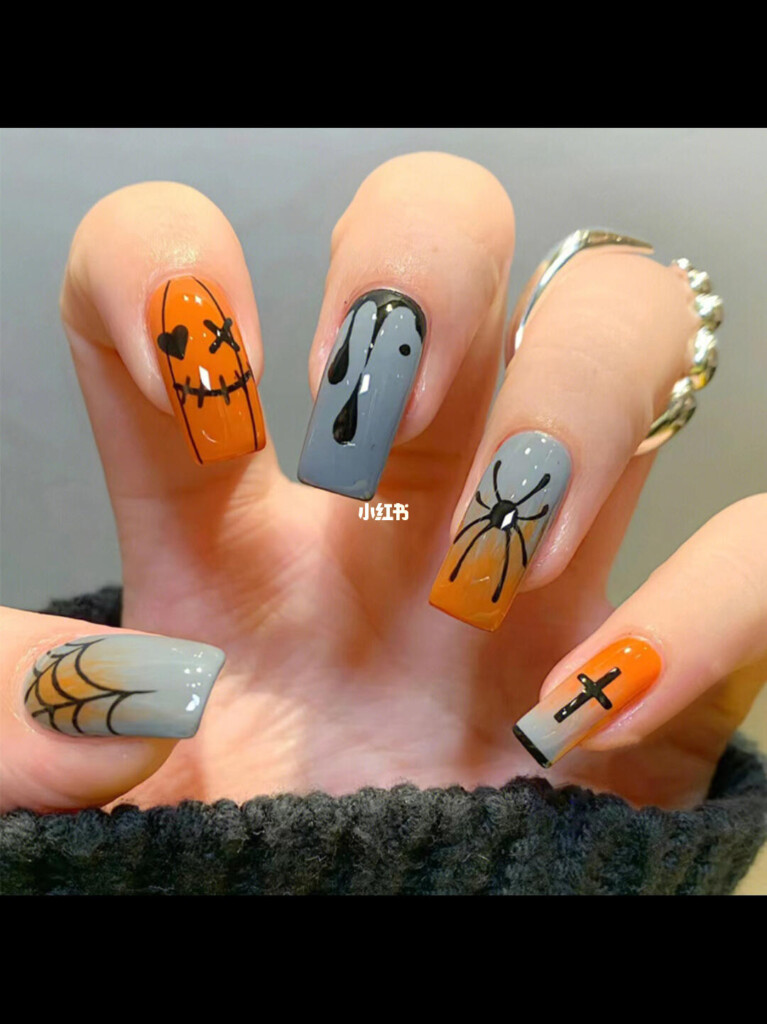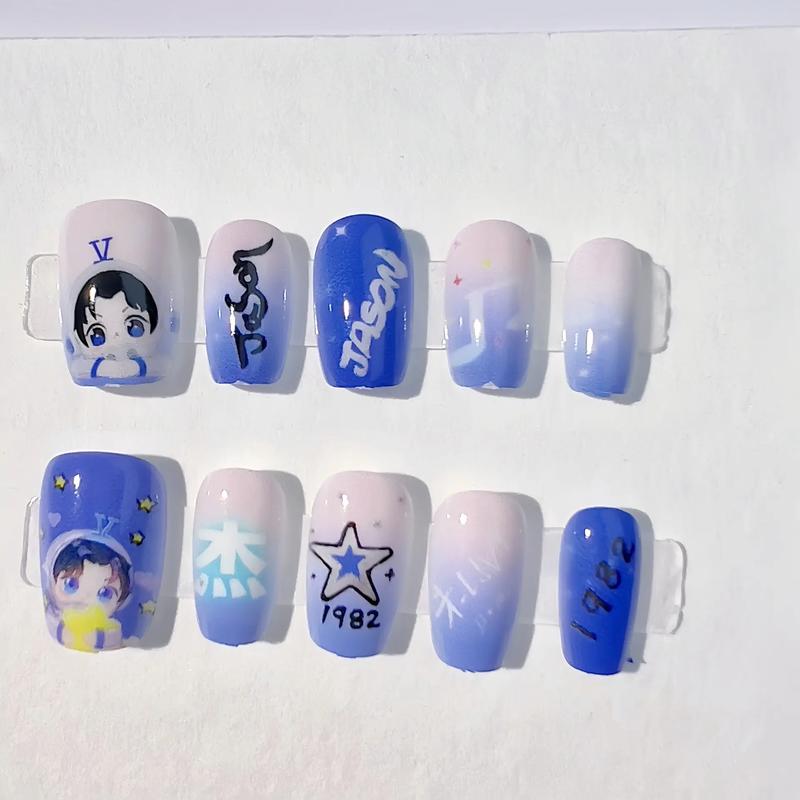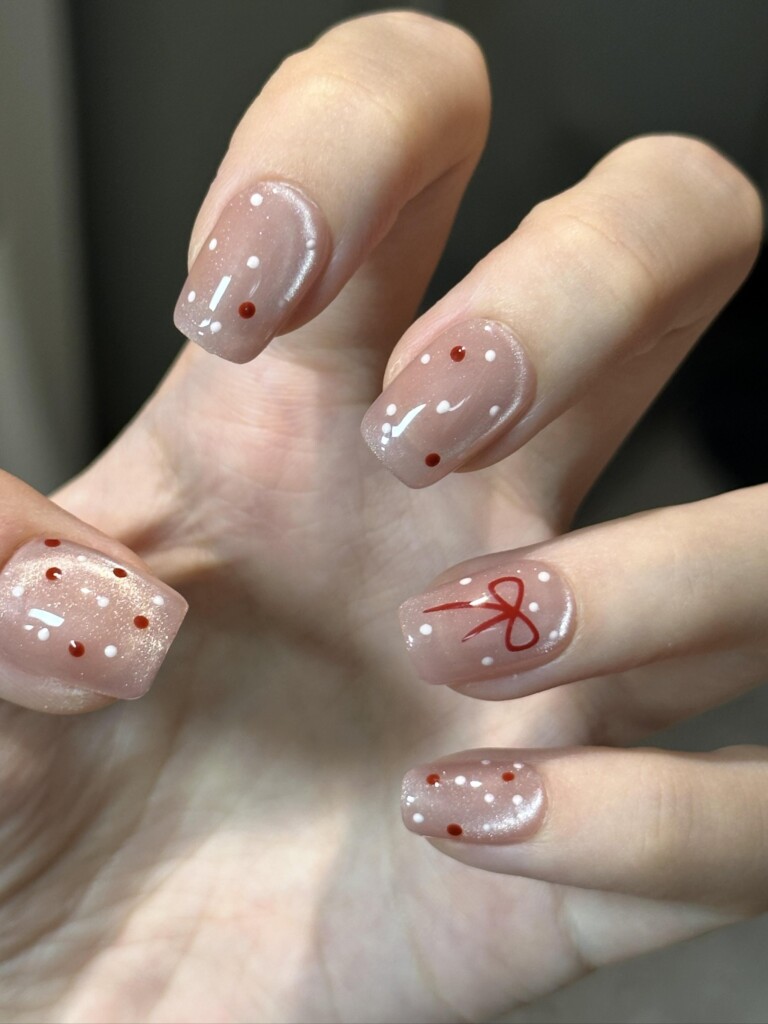pad printing machine for beauty nail industry
Application of pad printing technology in the wearable armor industry
High-precision pattern pad printing machine for beauty nail
- Pad printing technology is widely used in personalized pattern printing of wearable armor due to its high precision and adaptability to complex curved surfaces. For example, the two-dimensional and cultural IP joint designs on wearable armor require fine pattern presentation, and pad printing technology can efficiently realize multi-color superimposed printing of complex patterns to meet consumers’ pursuit of details.
- Case: The limited edition wearable armor of intangible cultural heritage launched by NAILOOK, a high-end brand under Naildoo Inc., combines traditional craftsmanship with modern design through pad printing technology to achieve a high degree of restoration of cultural elements.
Fast production and small batch customization
The wearable armor industry has a significant demand for fast plate change and small batch production. The modular design of pad printing technology supports the rapid replacement of printing templates to adapt to the frequent style updates in the market. For example, the production of short-term popular items such as Spring Festival zodiac elements and star concert theme items relies on pad printing technology to respond to demand quickly.
Environmental protection and material compatibility
With the improvement of environmental protection requirements, pad printing technology gradually adopts water-based ink and UV curing process, which is highly compatible with the degradable materials (such as bio-based nail plates) advocated by the wearable nail industry, reducing environmental pollution during the production process.



2. Market analysis
- Market size and growth momentum
- The size of China’s wearable nail market is about 9.229 billion yuan in 2024, and it is expected to grow to 64.071 billion yuan in 2028, with an annual compound growth rate of 62.32%.
- The core driving factors of growth include: the outbreak of personalized consumer demand, overseas market expansion (such as Southeast Asia, Europe and the United States), and technological innovation (such as smart wearable nails).
- Competitive landscape and industrial chain
- Production concentration: Donghai County, Jiangsu Province accounts for more than 70% of the domestic wearable nail production capacity, with sales of nearly 8 billion yuan in 2024, and the industrial chain covers raw material supply, design, production and export.
- Technical threshold and internal competition: The low-end market is highly homogenized (such as the 9.9 yuan factory armor), while the high-end market relies on technological innovation (such as pad printing + smart chip) and brand premium (such as the joint model of Naidu Planet and LV).
- Downstream demand characteristics
- Consumer preferences: Convenience (stick and tear), personalization (holiday limited, IP joint), health and environmental protection (non-toxic glue) are the main purchasing drivers.
- Application scenario expansion: Extending from beauty to pan-entertainment fields such as film and television, e-sports, and virtual idols, driving the demand for high value-added products.
III. Outlook
- Technical innovation direction
- Intelligent integration: Pad printing technology may be combined with AI visual inspection and 3D printing to improve pattern accuracy and production efficiency. For example, Naidu Planet is developing smart wearable armor with dynamic pattern adjustment, which requires higher precision printing technology support.
- Environmental upgrade: The popularity of water-based inks and degradable materials will promote the technological iteration of pad printing equipment and meet international environmental standards such as EU REACH.
- High-end and international trends
- Luxury joint-branding: The high-end market uses pad printing technology to achieve complex processes (such as inlaying crystals and precious metals), and cooperates with luxury brands to increase product unit prices (such as joint-branded models above 1,000 yuan).
- Overseas market expansion: Chinese wearable armor seizes the international market with its supply chain advantages. In 2024, Donghai County’s exports accounted for 40%, and the premium in the European and American markets was significant (such as the price of Chinese-style design products reached US$70).
- Industry integration and challenges
- Increase in concentration: Head companies consolidate their position through the layout of the entire industrial chain (such as Naidu Planet’s Series B financing) and technical barriers, and small and medium-sized manufacturers need to compete in a differentiated manner.
- Cost pressure: The increase in raw materials (such as environmentally friendly glue) and labor costs forces the upgrade of automated production, and the intelligence of pad printing equipment will become a key competitive advantage.
IV. Conclusion
The application of pad printing technology in the wearable armor industry will continue to deepen, especially in high-precision printing, rapid customized production, and environmentally friendly material adaptation. Future market growth will rely on technological innovation (intelligence, environmental protection), high-end products (luxury co-branding, functional wearable armor) and global layout (Southeast Asia, Europe and the United States exports). Enterprises need to cope with homogeneous competition through technological upgrades and brand operations to seize high-end market share.
 DSTAR machine
DSTAR machine

WeChat
Scan the QR Code with wechat